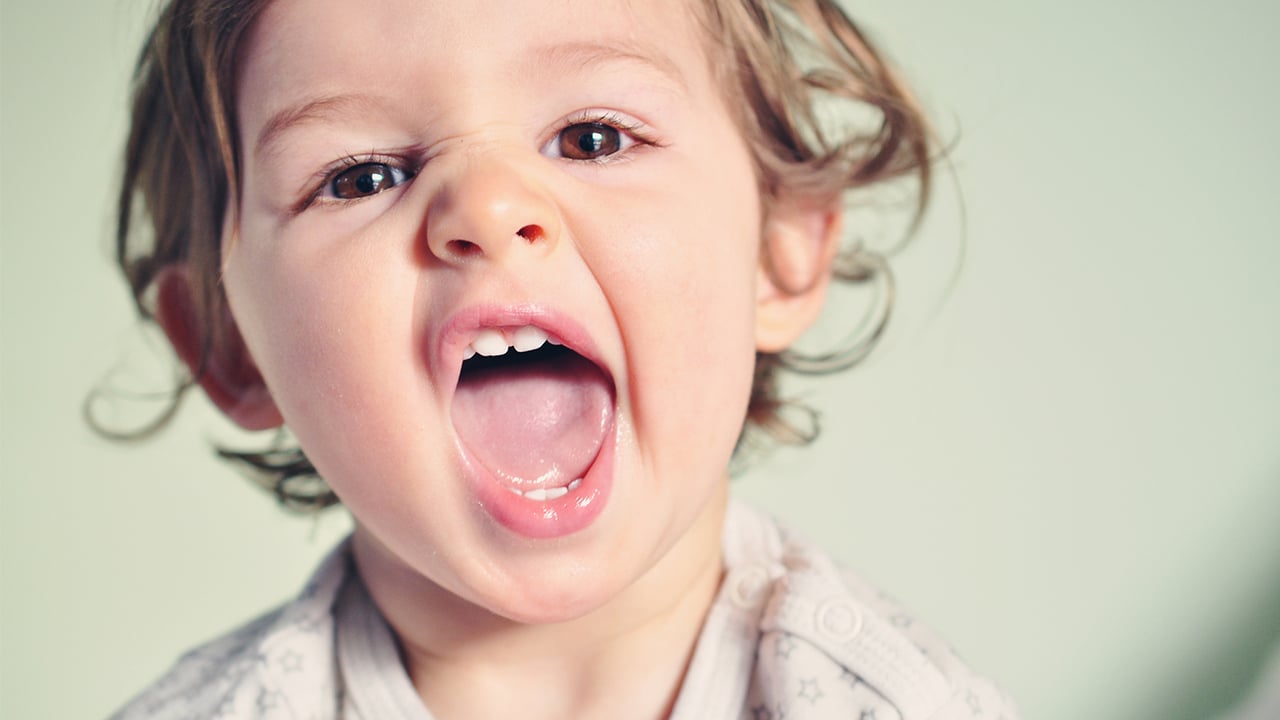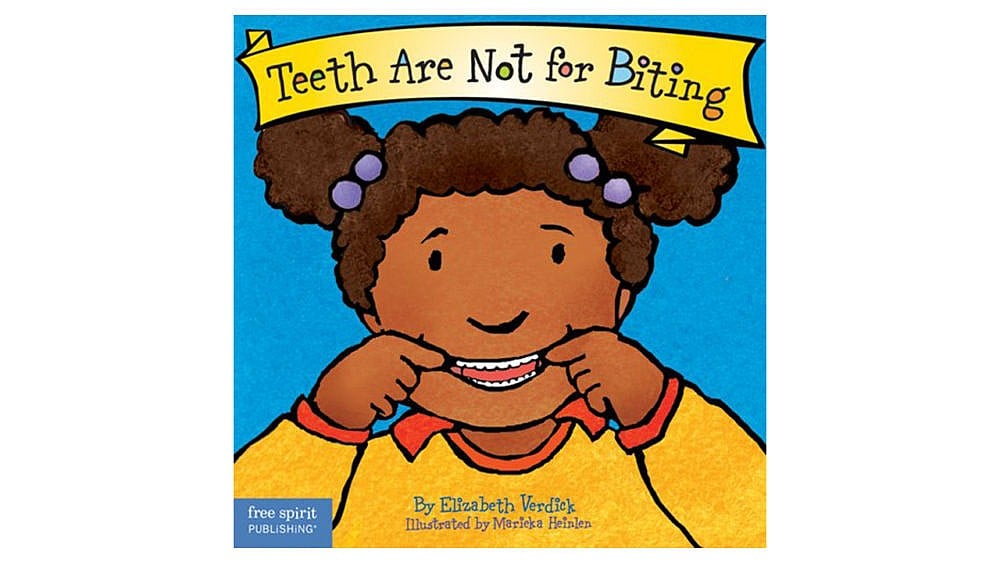Biting is a very normal stage of baby and toddler development, but it’s still a tricky situation to deal with when it happens at your kid’s daycare.
Faiza Venzant says her son’s shoulder still bears a small scar from when he was bitten by a playmate at his Toronto daycare four years ago. Qayam was around one and a half when it happened.
When she and her husband were told about the incident by a daycare teacher, “we felt very protective,” she says. “We wondered, ‘why is this kid targeting our child? Do we need to pull him out of daycare?’ And my husband wanted to know which child was doing the biting.” The teacher did not share the child’s name with them—a common daycare policy that is meant to protect families from unnecessary conflict.
Their reaction was typical. “Parents on both sides of a biting incident are often horrified—it feels very primitive and wrong,” says Lorrie Huggins, a Toronto-based YMCA general manager who oversees staff training in the GTA. (She’s also a co-author of the curricula for YMCA daycares across Canada.)
In Qayam’s case, the teacher explained to his parents that biting is a normal behaviour for toddlers. The teacher also outlined the strategies the staff would use to rein it in.
About six weeks later, the biting stopped as suddenly as it had started.
Venzant and her husband were able to put the perspective they’d gained to good use a few years later, when it was their younger son who was the kid doing the biting.
“It really clicked for us when Malik started biting. We got the same reassurance we’d been given on the other side of the experience, about how it was developmentally appropriate.” They felt sympathy for the kid their son bit, but the teachers encouraged them not to make a big deal out of it.
Despite the strong emotions biting brings on, it’s very common among toddlers. In fact, in a typical daycare setting with 60 full-time kids, there will probably be about one biting episode per day, according to estimates published in an article about baby and toddler biting in the Paediatrics & Child Health journal. The article also says a bite will break the skin once every eight to 10 weeks.
Sharon Smile, a developmental paediatrician at Holland Bloorview Kids Rehabilitation Hospital in Toronto and an assistant professor in the department of paediatrics at the University of Toronto, says that biting is commonly seen within the first three years of life. In their first year, says Smile, babies are “oral explorers.” New foods and textures make little ones newly aware of their mouths, while new teeth mean “it just feels good to bite down,” adds Huggins. Keeping teethers handy can help soothe discomfort and provide sensory experience.
As babies move into toddler territory and start socializing with other kids, often around 12 to 18 months, biting may happen due to all those strong emotions they aren’t able to express verbally. Navigating frustrations with new friends, such as sharing a coveted toy, is a sophisticated behaviour that is hard for toddlers. Children might also bite because they are tired or overwhelmed, or they might simply be experimenting (“What happens if I do this?”). Even enthusiasm can be a trigger. In Qayam’s case, the little girl who bit him was one of his close buddies at daycare, says Venzant, and “biting was her way of showing she really wanted to play with him.”
When a pattern of biting develops at a daycare, staff will try to recognize triggers and intervene. All the same, biting happens, even during COVID, when daycare staff are working hard at the near-impossible task of keeping kids distanced at separate play stations.
“It can occur so quickly,” says Huggins. “You turn your back to get more milk and kapow!” After an incident, staff use a simple phrase in a calm voice that labels the behaviour—not the kid—and its consequences. (Shaming and punishments don’t help, says Huggins.) Something like, “No biting. It hurts,” is a common example.
Huggins also says it’s also a good idea to encourage the biter to participate in “making it better.” For example, if the bitten kid is OK with it (and COVID protocols allow), the biter could help apply the cold compress. This way they contribute to helping to resolve the situation.
When biting happens at home, parents should try to keep their emotions in check and use the same simple phrasing, says Huggins. With older children, you can model healthier ways of expressing big feelings. Even teaching kids to say “Please don’t do that!” or “I don’t like that!” (instead of resorting to biting) can help.
To care for a child who’s been bitten, wash the area with soap and water, and apply a cold compress.
If the bite has broken the skin, the same care is recommended. But if bleeding occurs continuously for more than 10 minutes, Smile’s advice is to seek medical care. It’s also important in a broken-skin situation to review the immunization status of both children involved, to make sure tetanus and hepatitis B vaccines are up-to-date. But, says Smile, “the spread of infection in these scenarios is rare.”
Most of the time, biting just “evaporates” as children get older, says Huggins. If biting continues beyond three and a half years old, first talk to your child’s ECE or preschool teachers, and then their doctor.
Venzant’s parting advice is all about keeping perspective: “Biting often happens just as your child is about to burst with words, so try to see it as, what are they trying to tell you that they can’t say yet?”
Books to help your kid stop biting

